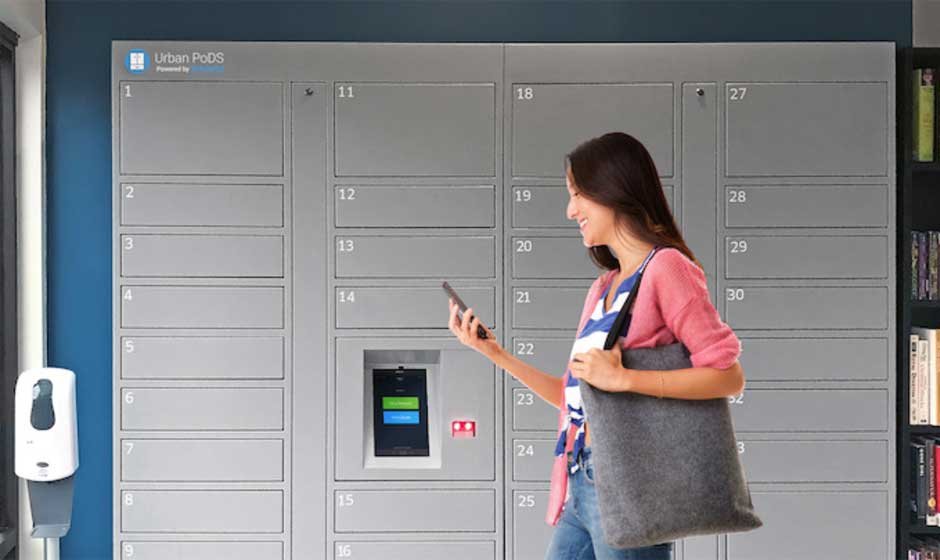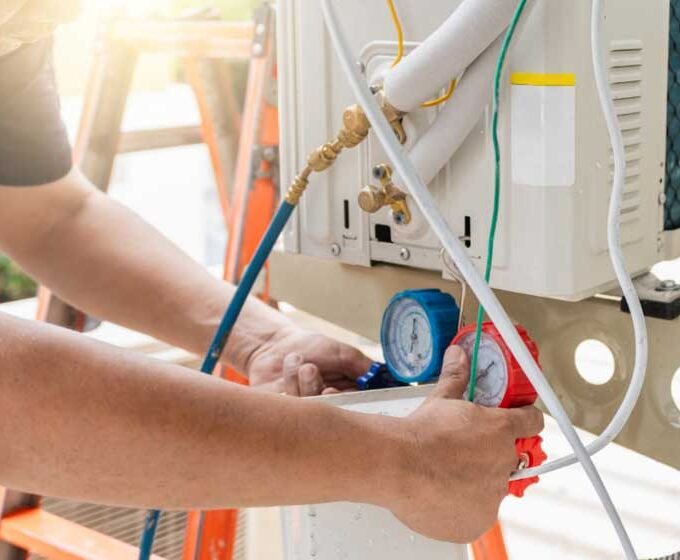Lockers do much more than store personal items—they help organise busy spaces, protect belongings, and contribute to a clean, functional environment. However, they require some care to function properly.
Good maintenance keeps lockers working well, looking sharp, and lasting longer. That’s true for everything from school lockers and office cubbies to mobile shelving systems like Compactus.
A small investment in time and routine upkeep can prevent damage, reduce repair costs, and help your lockers stand the test of time.
This post covers everything needed to improve locker durability, from cleaning tips and typical damage to watch out for to the best materials for long-term performance.
Why Regular Locker Maintenance Is Important for Longevity
Lockers are used every day, and over time, even the strongest models can start to show signs of wear. Doors begin to stick, locks fail, surfaces get scratched, and ventilation can suffer, all of which affect user experience and safety.
A simple routine for locker maintenance helps:
- Spot minor issues before they turn into expensive repairs
- Keep locks functioning properly and protect users’ items
- Maintain a clean, professional appearance
- Extend the overall life of the locker system
With a bit of attention, lockers can stay strong, secure, and good-looking for many years.
Top Tips for Cleaning and Maintaining Your Lockers
Keeping lockers in good condition isn’t complicated — it’s about building simple habits that make a big difference over time. These locker maintenance tips can be used across schools, gyms, government facilities, and offices alike. Let’s see how to clean lockers properly:
Clean Regularly
Use a damp cloth and a mild soap to wipe down doors, shelves, and inside surfaces. Dry everything completely to prevent moisture from causing rust or mould. Avoid using abrasive sponges or harsh chemicals, as they can damage finishes.
Lubricate Moving Parts
Apply a small amount of silicone spray or light lubricant to hinges, latches, and locking mechanisms. This keeps doors opening smoothly and prevents locks from sticking or breaking.
Check for Wear
Inspect lockers for signs of rust, chipped paint, dents, or wobbly parts. If caught early, these can be fixed quickly, saving time and money on more significant repairs later.
Keep Them Dry and Ventilated
Ventilation is essential to stop moisture buildup and prevent musty smells or mould. Encourage users not to leave wet items inside and ensure lockers are installed in well-aired areas.
Share Usage Guidelines
Simple user instructions can go a long way. Make it clear not to overload lockers, slam doors, or hang on open doors—all common causes of damage.
Building these habits into your regular cleaning routine is the easiest way to improve the care and longevity of your lockers.
How to Prevent Common Locker Damage and Wear
Lockers take a beating in high-traffic environments, but a few precautions can protect them from everyday damage.
To help with preventing locker damage, try the following:
- Adding floor liners or mats to protect against spills and scratches
- Securing lockers to walls or floors if they’re freestanding or at risk of tipping
- Keep strong magnets and adhesives away from locks and finishes
- Avoid rough treatment from carts, sports gear, or equipment that could damage doors or loosen hinges
Even small changes in placement, layout, or daily habits can make a big difference in keeping lockers looking and working like new.
The Best Materials for Durable Lockers
When choosing lockers, the material matters. The right surface can reduce maintenance needs, prevent damage, and withstand years of use. These are the most common durable locker materials used in modern facilities:
- Powder-coated Steel: A solid choice for strength and fire resistance, though it needs occasional care to avoid rust
- HDPE (High-Density Polyethylene): Rustproof, easy to clean, and resistant to impacts, perfect for wet or humid environments
- Phenolic Laminate: Water-resistant and hard-wearing, great for changing rooms and healthcare spaces
- Solid Surface Materials: Seamless, non-porous, and chemical-resistant, ideal for sterile or hygiene-sensitive areas
Choosing the right material from the beginning makes locker maintenance simpler and more cost-effective.
When to Repair or Replace Your Lockers for Maximum Lifespan
Even with good care, lockers will eventually need repairs — and sometimes a complete replacement.
Here’s a quick guide for deciding what to do:
Repair When:
- Locks become stiff or loose
- Doors don’t close evenly
- Paint is chipped or scratched
- Hinges need tightening or oiling
These are part of regular locker repairs and maintenance, and they’re usually easy to handle with basic tools and parts.
Replace When:
- Rust or corrosion spreads across large sections
- The frame is warped or cracked
- The locking system is outdated or no longer secure
- Repair costs can quickly add up, surpassing the price of a new unit
In some cases, upgrading to a new system—such as a Compactus Mobile Shelving setup—can improve efficiency, increase storage capacity, and modernise the space.
Locker Maintenance Checklist
A simple routine goes a long way in keeping lockers safe, clean, and reliable. This locker maintenance checklist can help keep everything on track:
Daily
- Look for spills or visible damage
- Check that all locks are working properly
Weekly
- Clean doors and handles
- Wipe inside compartments
- Remove any rubbish or leftover items
Monthly
- Lubricate hinges and locks
- Inspect for rust, dents, or corrosion
- Test all mechanical parts
Annually
- Review overall locker condition
- Plan upgrades or layout changes
- Budget for any replacements needed
Following this list is a practical approach to maintaining locker security and protecting your investment in your storage system.
Final Thoughts
Properly maintained lockers last longer, function better, and reflect well on the space they’re in. With just a bit of regular attention, they’re easy to keep clean, safe, and in top shape.
Simple cleaning routines, smart prevention, and high-quality materials all help extend the life of your locker. If it’s time to upgrade or improve capacity, a flexible system like Compactus might be the perfect next step.
No matter what kind of lockers your facility uses, maintenance isn’t just a nice-to-have—it’s a bright and necessary way to get the most out of your investment.
















